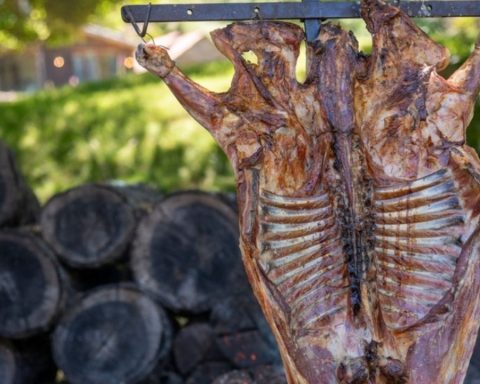He Ceviche It is one of the most widespread and well-known dishes of Chilean gastronomy. It is internationally recognized as one of the flagship dishes of Chilean cuisine, and has won numerous awards over the years. However, many people are unaware of the true meaning of the word “ceviche” and its history.
There are several theories about the origin of the name “Ceviche”. One of them proposes that it comes from the Quechua word “siwichi”, which means fresh fish or tender fish. Another theory suggests that it derives from the word “cebo”, which in Spanish means bait or barley.
This derogatory term was used to refer to food, and due to the small size of the pieces of fish on the plate, it was given the title name of ceviche. In addition to its linguistic origin, ceviche has a rich cultural history in Chile. The dish is believed to date back to the Mochica culture, a pre-Inca coastal civilization.
The Mochicas prepared the Ceviche cutting the fish into pieces and adding salt, lemon, limes and tumbos (Andean fruits). This preparation became part of their daily diet and was later fused with Andean ingredients such as cancha, sweet potato, and cassava.
During the Hispanic period, new ingredients were incorporated into the Cevichesuch as sour orange and onion. Over time, ceviche has evolved and adapted to different regions of Chile, giving rise to a variety of styles and flavors.

















